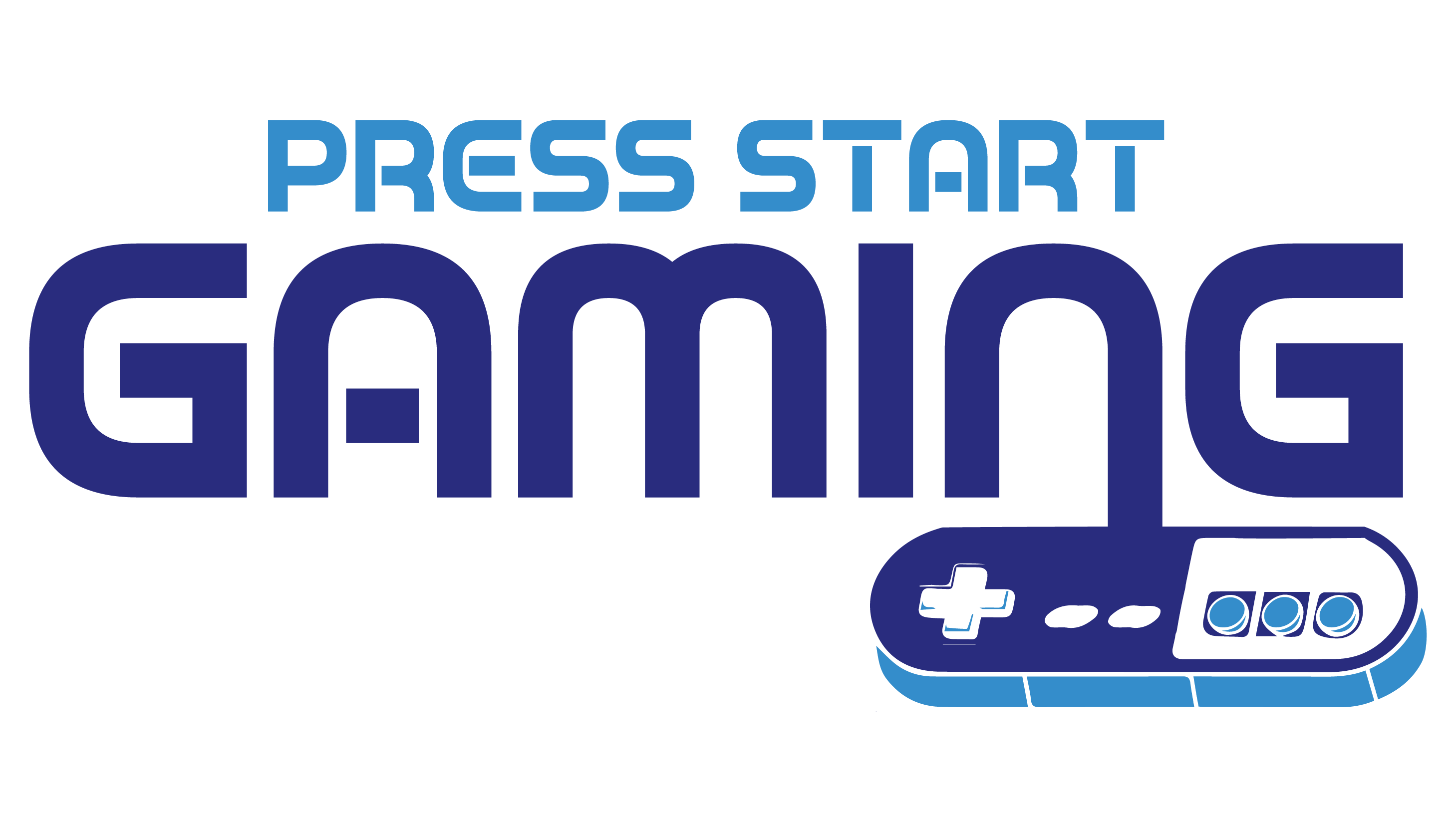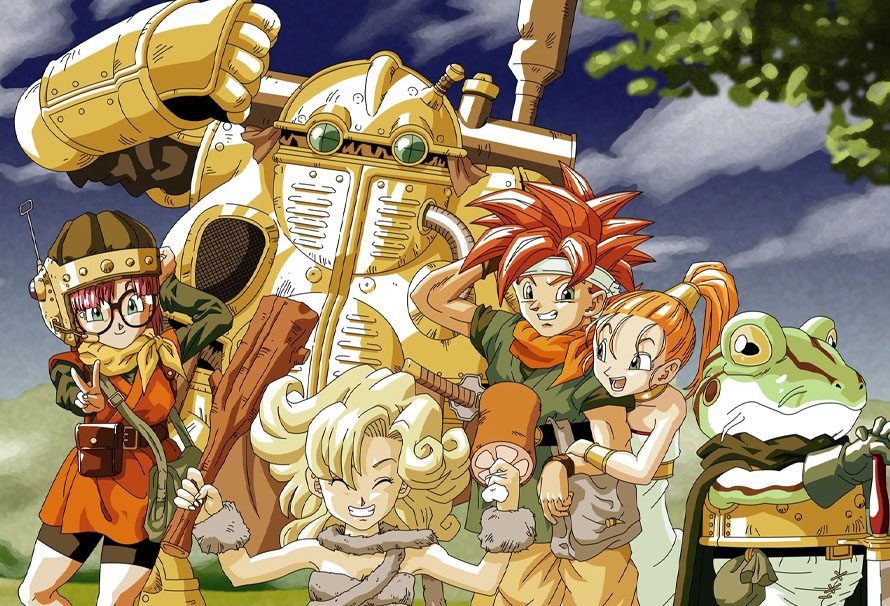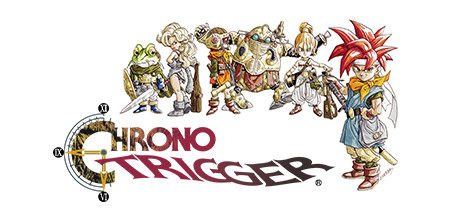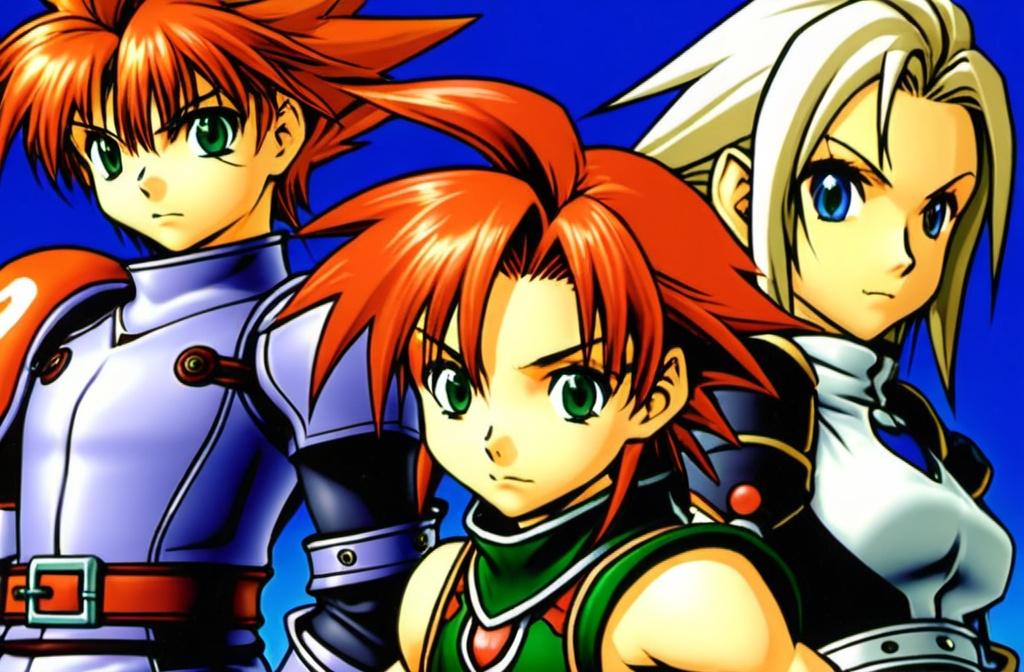Game data not found.
Story
BioMetal is a side-scrolling shoot ’em up game released for the Super Nintendo Entertainment System (SNES) in 1993. Developed by Athena Co., Ltd. and published by Activision, BioMetal takes players on a thrilling journey through a science fiction universe where humanity’s survival hangs in the balance.
The game’s story is set in the distant future during the year 2023. Humanity has established colonies on distant planets, and technological advancements have reached unimaginable heights. However, the tranquility of this advanced civilization is shattered when an alien race known as the BioMetals threatens to annihilate the human race. These BioMetals are biomechanical organisms with a single-minded purpose: to destroy humanity and claim the universe as their own.
To combat this existential threat, the United Space Federation (USF) develops the Halbard, a powerful and versatile starfighter equipped with the ultimate weapon system known as the GAM, short for Gel Analog Mutant. The GAM system allows the Halbard to deploy various weapons and defensive mechanisms to adapt to any combat situation. Players assume the role of a lone pilot tasked with piloting the Halbard and eradicating the BioMetal menace across six perilous levels filled with deadly foes.
Gameplay
BioMetal’s gameplay is a quintessential example of the shoot ’em up genre with its frantic action and demanding reflexes. The game features a side-scrolling perspective, where the player’s ship continuously moves forward, and the player must navigate through waves of enemies and environmental hazards.
Weapons and Power-ups
One of the standout features of BioMetal is the GAM system, which serves as the backbone of the game’s combat mechanics. The GAM system provides players with the ability to switch between different weapon configurations and defensive strategies, adding a layer of depth to the gameplay. Players must strategically choose the right weapon for each encounter, balancing between offensive firepower and defensive capabilities.
- Primary Weapons: The Halbard comes equipped with a standard laser cannon that can be upgraded by collecting power-ups scattered throughout the levels. These upgrades increase the firepower and coverage of the laser, allowing players to unleash devastating attacks on enemy formations.
- GAM System: The true innovation of BioMetal lies in the GAM system, which allows players to configure their ship with different weapons and shields. These configurations include homing missiles, spread shots, and protective barriers that can absorb enemy fire. The GAM system encourages players to experiment with different combinations to overcome specific challenges.
Level Design and Difficulty
BioMetal consists of six meticulously designed levels, each with its own unique aesthetic and challenges. Players will navigate through asteroid fields, alien-infested space stations, and desolate planets, all while fending off relentless enemy attacks. The level design is both visually captivating and demanding, requiring players to memorize enemy patterns and adapt to the fast-paced action.
The game is known for its challenging difficulty, a hallmark of the shoot ’em up genre. Players must possess quick reflexes and sharp focus to survive the relentless onslaught of enemies. The difficulty curve steadily increases as players progress, culminating in intense boss battles that test their skills to the limit.
Graphics and Sound
BioMetal boasts impressive graphics for its time, pushing the capabilities of the SNES hardware to deliver a visually stunning experience. The game’s visuals are characterized by detailed sprite work, vibrant colors, and smooth animations. The backgrounds are meticulously crafted, creating a sense of depth and immersion as players traverse through diverse environments.
The sound design of BioMetal is equally noteworthy, featuring a soundtrack composed by the renowned electronic music group 2 Unlimited. The energetic and pulsating tracks complement the fast-paced action, enhancing the overall intensity of the gameplay. The sound effects are crisp and impactful, providing satisfying auditory feedback for every explosion and laser blast.
Legacy and Reception
Upon its release, BioMetal received mixed reviews from critics and players alike. While praised for its innovative GAM system and challenging gameplay, the game faced criticism for its steep difficulty and lack of originality in certain aspects. Despite this, BioMetal managed to carve a niche for itself within the shoot ’em up community and gained a cult following over the years.
BioMetal’s legacy is primarily defined by its contributions to the shoot ’em up genre. The introduction of the GAM system added a strategic layer to the gameplay, influencing future titles in the genre to experiment with similar mechanics. Additionally, the game’s soundtrack, featuring tracks from 2 Unlimited, remains a highlight and is fondly remembered by fans for its energetic beats.
While BioMetal may not have achieved mainstream success, it left a lasting impression on those who experienced its intense and challenging gameplay. Its cult status is a testament to the game’s enduring appeal and the impact it had on the shoot ’em up genre during the 16-bit era.
Conclusion
BioMetal stands as a testament to the creativity and innovation of the 16-bit era. Its compelling story, challenging gameplay, and impressive audiovisual presentation make it a noteworthy entry in the shoot ’em up genre. While it may not have achieved widespread recognition, its contributions to the genre and its dedicated fan base ensure that BioMetal’s legacy endures to this day.
For fans of classic shoot ’em up games, BioMetal offers a challenging and rewarding experience that captures the essence of the genre’s golden age. Its unique mechanics and intense action make it a hidden gem worth revisiting for those seeking a nostalgic trip through the annals of gaming history.













